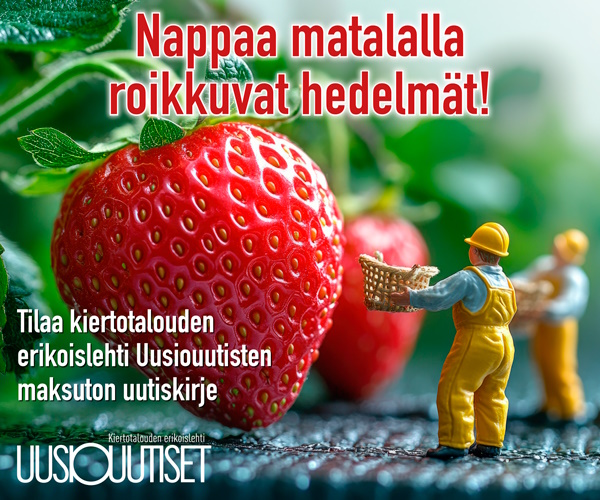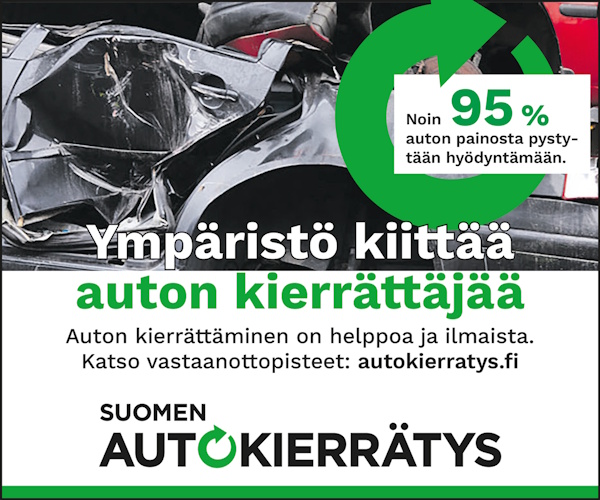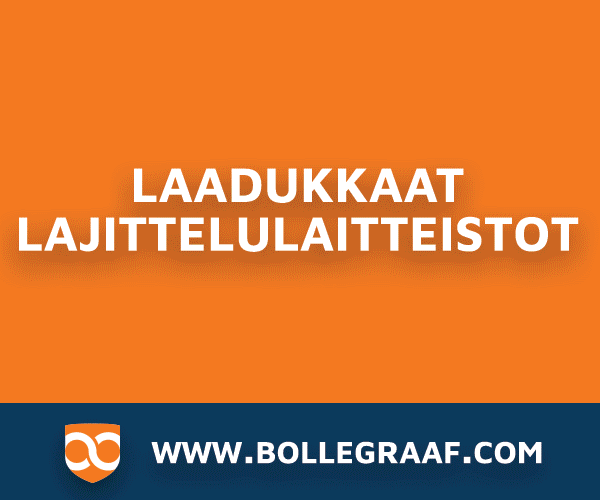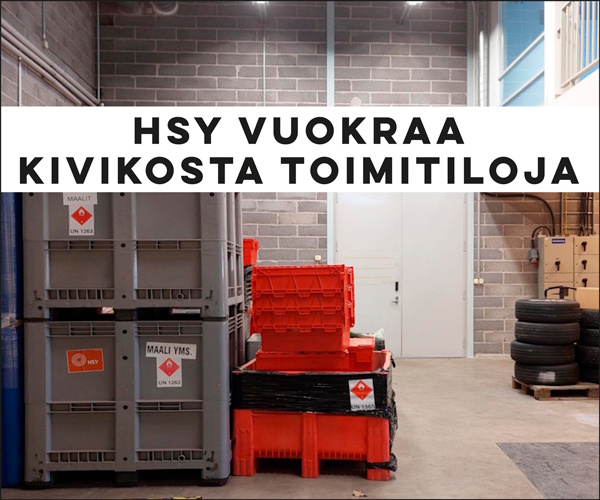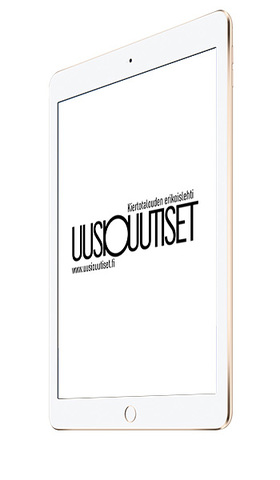These articles are published in the Special International issue of Uusiouutiset, Finnish Recycling News, on 31st of May 2017. New…
New rules for the market economy
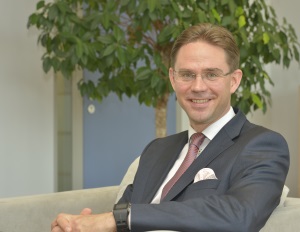
Photo: EC – Audiovisual Service. European Commission Vice-President Jyrki Katainen hopes that enterprises and Member States are able to use the resources offered by the EU to create something new. For example, a total of EUR 5.5 billion is currently allocated to the improvement of waste management from the Structural Funds, and the Horizon 2020 fund has granted EUR 650 million to innovations in the circular economy. “I am excited to see if we’ll be able to rise to the next level instead of simply replacing illegal landfills with legal ones.”
An article from the special international issue, published on 31st May 2017.
The European Commission believes that the circular economy will become the new economic megatrend. The race to the top is getting intense.
Elina Saarinen
Jyrki Katainen, Commission Vice-President for Jobs, Growth, Investment and Competitiveness, describes the recent shift in attitudes towards the circular economy as a pleasant surprise.
“The Commission sees the circular economy as a resourceful economic megatrend that can support economic growth, and more and more people are now sharing this vision. I have been positively surprised to see how quickly the understanding of the circular economy has increased. Clearly, the circular economy is becoming mainstream,” Katainen says.
He praises the organisations and enterprises that have promoted the circular economy and served as examples of the existing and prospective business opportunities of the circular economy.
The Commission estimates that the circular economy can bring annual net cost savings of up to EUR 600 billion and create millions of new jobs in Europe. The estimated value of the global circular economy market is EUR 1,800 billion a year. According to Katainen, smart, incentive regulation can speed up the creation of market rules that enable the circular economy.
Consumers are ready
The Commission’s Circular Economy Package and the related waste regulations are now being discussed in trilogue meetings in the EU. The recycling targets of the European Parliament are even more ambitious than the targets set by the Commission. Katainen sees this as negotiation tactics.
“There has been a massive shift in attitudes towards eco-design. About a year ago, there were still some Member States and Members of Parliament who regarded eco-design regulations as trivial, but have now understood the market impacts of eco-design. Important eye-openers include the fact that by regulating energy consumption, we can achieve energy savings that equal the annual consumption of electricity in Italy by 2020, and the recently introduced measures can help us save electricity comparable to the amount consumed in Sweden in one year by 2030.”
This year, the EU will review its eco-design directive to find out whether it could contain obligations on the use of secondary materials or the repairability or upgradability of devices. These provisions could notably extend the lifespan of products.
Katainen believes that upgradable hardware could become an important competitive edge for companies. “The demand for these kinds of services and, for example, solutions that represent the sharing economy is already out there. This shows that consumers are ready and waiting for companies to take the next step.”
Internal market for recycled plastics
“When a company wants to follow the principles of the circular economy, it usually needs a strong network to support its operations.”
Even the public sector has started to take the circular economy into consideration in public procurement, but Katainen still sees ample room for improvement in this area.
The Commission’s aim is to speed up the building of networks. It is, for example, establishing a platform for reducing food waste. The platform will involve all operators in the supply chain, from farmers, wholesale and retailers to restaurants, the food industry and citizens.
This year’s agenda also includes an analysis of the interface between chemicals, products and waste legislation. Katainen points out that fostering a healthy, sustainable market for secondary raw materials is vital.
“Preparing a plastic strategy for the EU and building a functional internal market for recycled plastics are examples of topics that arouse interest. This could be a fantastic opportunity, both economically and environmentally, if the recycled plastics market became comparable to, for example, the oil market.”
Leading the circular economy as a nation brand
In Katainen’s view, the two countries competing for the title of pioneer in the circular economy are Finland and the Netherlands, but also other countries are about to join the race, such as Belgium and Germany.
“In order to stay in the lead, countries must develop business models and include a wide range of operators to promote the circular economy.”
Katainen thinks that Finland has a fair chance of becoming the forerunner by 2025. In order to achieve this goal, Finland must take a number of small and large steps in the fields of politics and the economy:
“Finnish industries, decision-makers and other operators, such as Sitra, should raise public awareness of the circular economy as the asset on which Finland can build its long-term sustainable growth and international influencing strategy. The circular economy should remain on the agenda, also for import and trade policy reasons.”
According to Katainen, becoming the leading country in the circular economy is worth aspiring to, because the title comes with many benefits:
“If Finland is recongised as the global leader of the circular economy, our nation brand will become stronger and stronger. All eyes will be on the pioneer. This would also strengthen our mandate in the EU regulation and improve our credibility in the market. One can only imagine the new market opportunities that will open for Finnish companies in, for example, China, which takes the circular economy seriously right now.”





